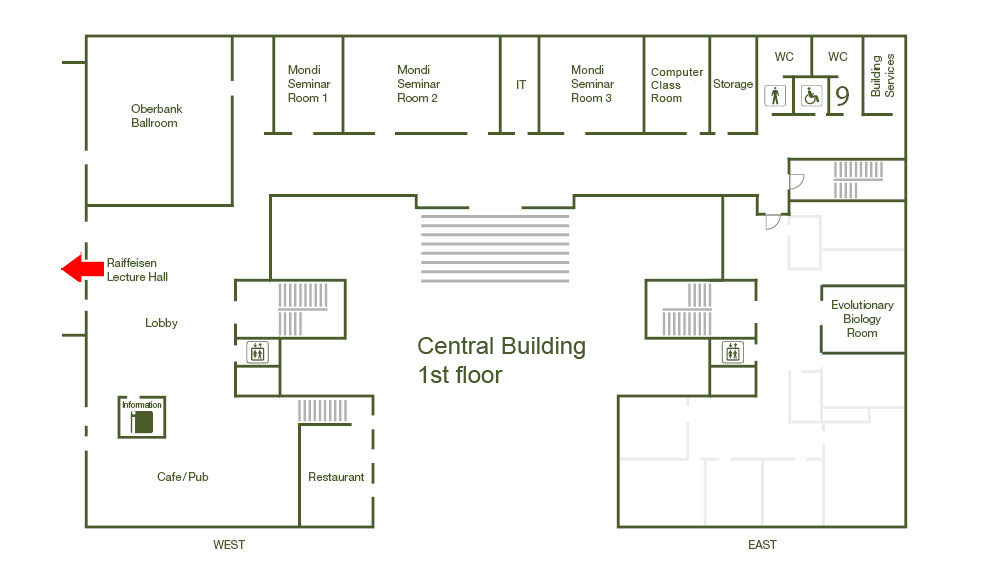Cycles of centromere evolution in eukaryotes

Abstract:
Centromeres are critical for cell division, loading CENH3/CENPA histone variant nucleosomes, directing kinetochore formation and allowing chromosome segregation. Despite their conserved function, centromere size and structure are diverse across species. To understand this centromere paradox, it is necessary to know how their diversity is generated, and whether it reflects ancient trans-species variation, or instead, rapid post-speciation divergence. To address these questions, we have analysed 346 centromeres from 66 Arabidopsis thaliana and two A. lyrata accessions, which revealed extreme intra- and inter-species diversity. Arabidopsis thaliana centromere repeat arrays are embedded in linkage blocks, despite ongoing internal satellite turnover, demonstrating a role for unidirectional gene conversion in sequence diversification, rather than interhomolog unequal crossover. Additionally, centrophilic ATHILA transposons have recently invaded the satellite arrays. To counter ATHILA invasion, chromosome-specific bursts of satellite homogenization generate higher-order repeats and purge transposons, consistent with cycles of repeat evolution. Centromeric sequence changes are even more extreme in comparison between A. thaliana and A. lyrata. Together, our findings reveal rapid cycles of transposon invasion and purging via satellite homogenization, which drive centromere evolution and ultimately contribute to speciation. Most recently, we have extended analysis to a subset of complete genomes generated by the Darwin Tree of Life project, from across Eukaryotes. I will present initial conclusions derived from this analysis, and how far the paradigm from Arabidopsis extends across the entire Eukaryotic radiation.
Key publications:
Wlodzimierez, P., Rabanal, F., Burns, R., Naish, M., Primetis, E., Scott, A., Mandakova, T., Gorringe, N., Tock, A.J., Holland, D., Fritschi, K., Habring, A., Lanz, C., Patel, C., Schlegel, T., Collenberg, M., Mielke, M., Nordborg, M., Roux, F., Shirsekar, G., Alonso-Blanco, C., Lysak, M.A., Novikova, P., Bousios, A.W., Weigel, D.W. and Henderson, I.R. (2023) Cycles of satellite and retrotransposon evolution in Arabidopsis centromeres. Nature doi:10.1038/s41586-023-06062-z
Naish, M., Alonge, M., Wlodzimierez, P., Tock, A., Abramson, B., Schmucker, A., Mandakova, T., Bhagyshree, J., Lambing, C., Kuo, P., Yelina, N., Hartwick, N., Colt, K., Smith. L., Ton, J., Kakutani, K., Martienssen, R., Schneeberger, K., Lysak, M., Berger, F., Bousios, A., Michael, T., Schatz, M. and Henderson, I.R. (2021) The genetic and epigenetic landscape of the Arabidopsis centromeres. Science eabi7489 (116)
Biography:
Ian is Professor of Genetics and Epigenetucs in the Department of Plant Sciences at the University of Cambridge. Since 2008, his group has investigated genetic and epigenetic inheritance in plants, with a focus on meiosis. Recently, his group have used long-read DNA sequencing to analyse repetitive regions of the genome, including the centromeres. Their current work includes exploring the roles of recombination within the centromeres, and understanding their rapid evolution. Work in the Henderson group also seeks to translate knowledge of recombination mechanisms in crop breeding, to accelerate strain improvement and help adapt to the changing climate. Prior to arriving in Cambridge, Ian performed post-doctoral research with Prof. Steve Jacobsen (UCLA, USA) on RNA-directed in DNA methylation in plants, and completed his Ph.D with Prof. Dame Caroline Dean (John Innes Centre, UK) where he investigated control of flowering-time by RNA binding proteins. He was elected a member of EMBO in 2022.